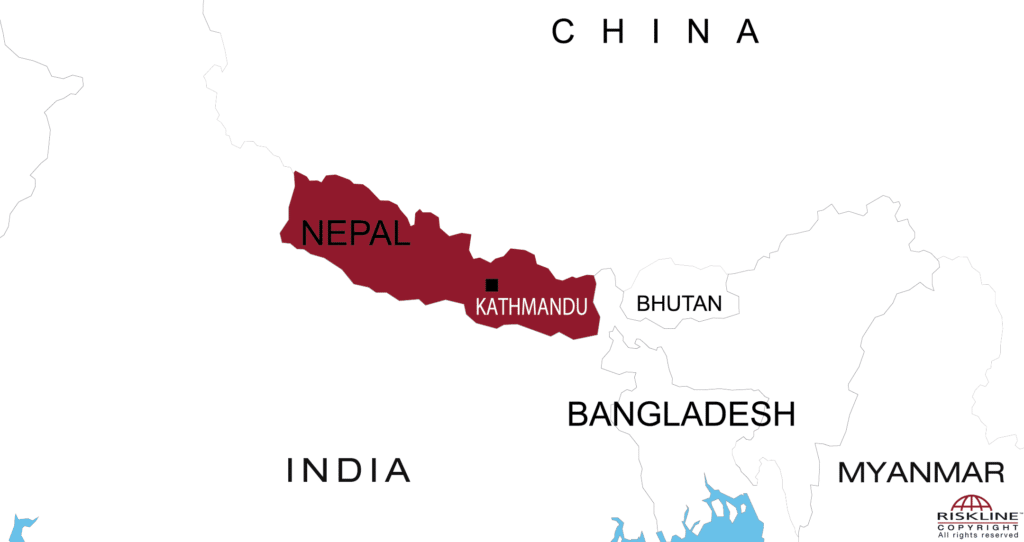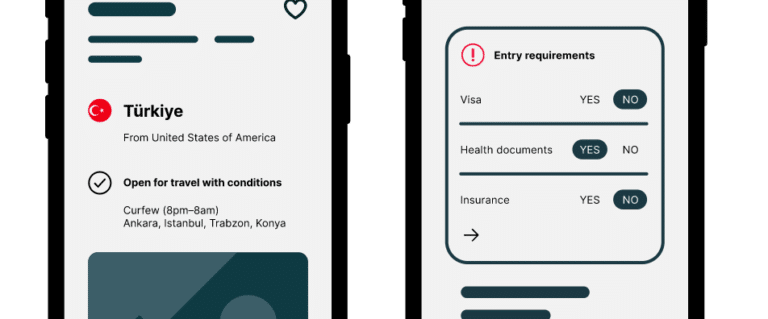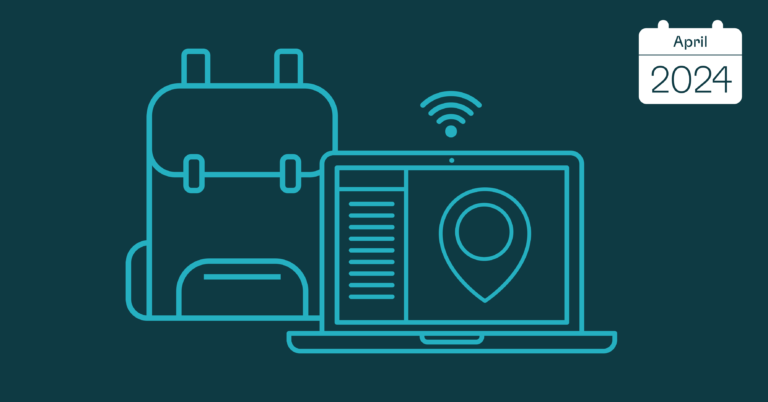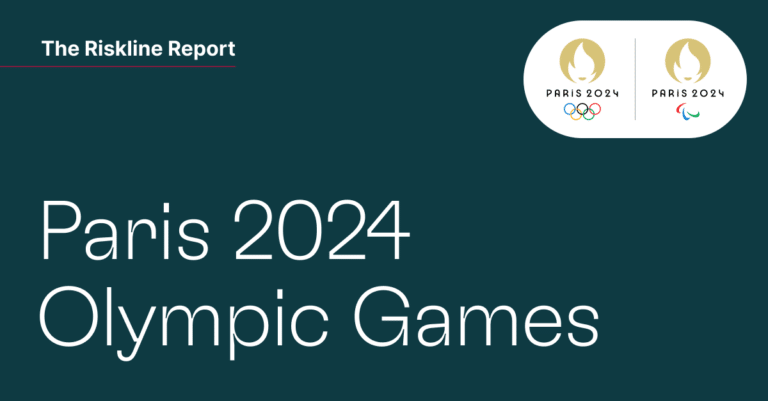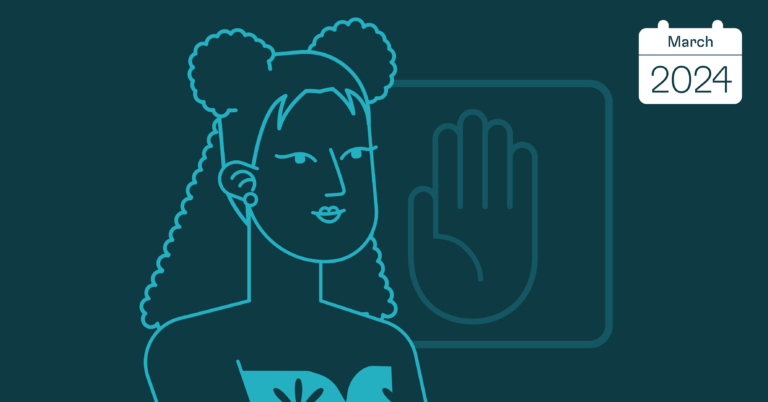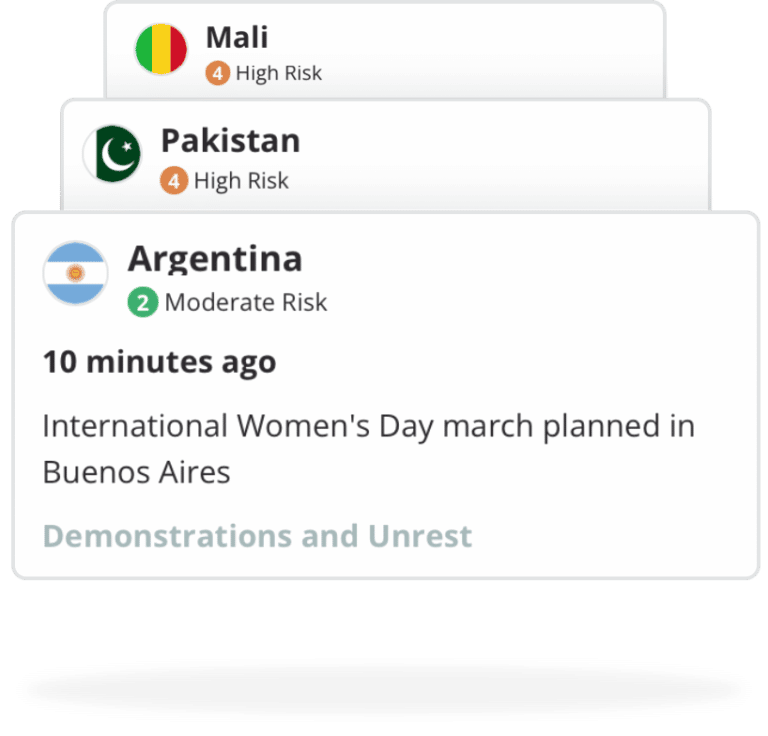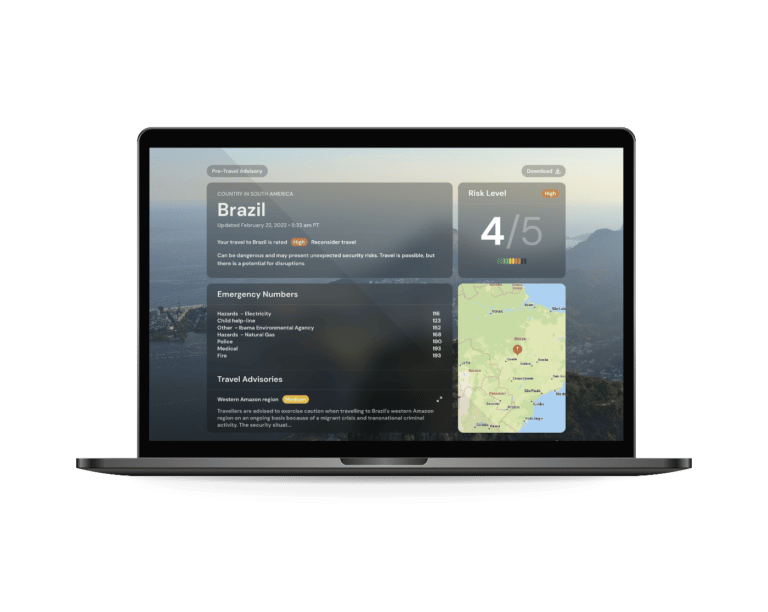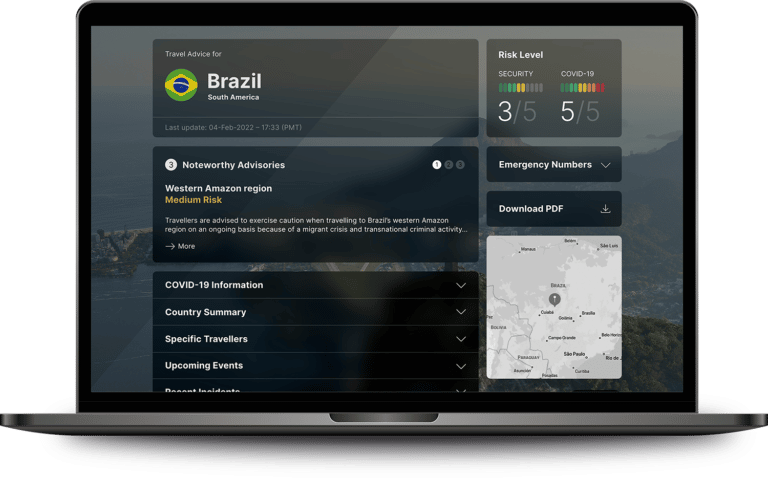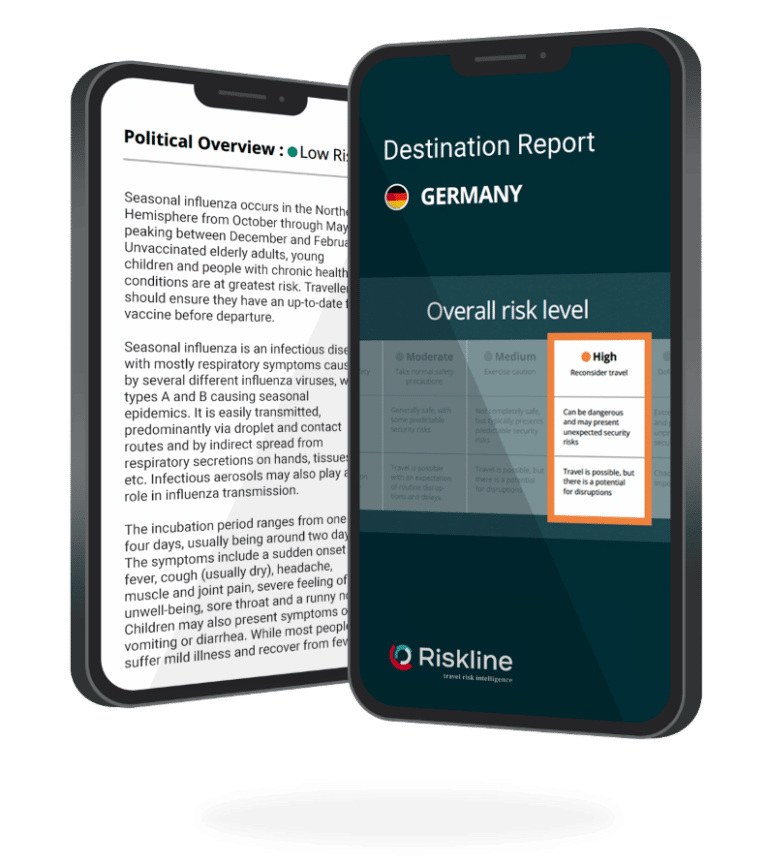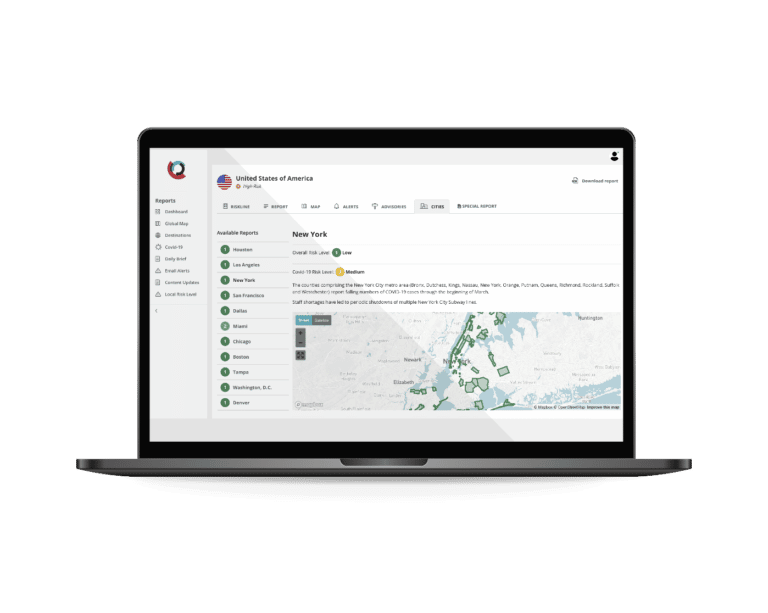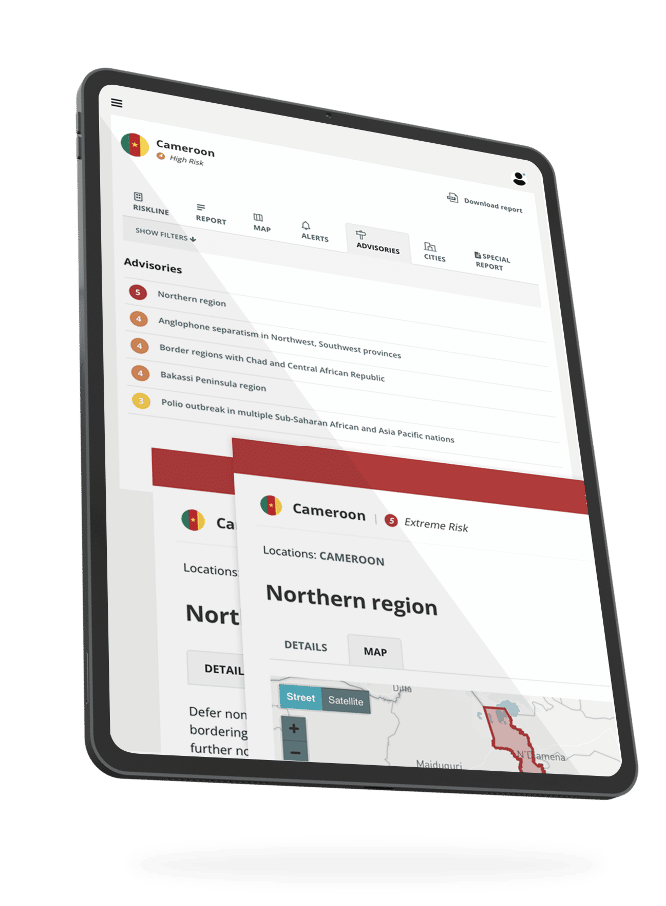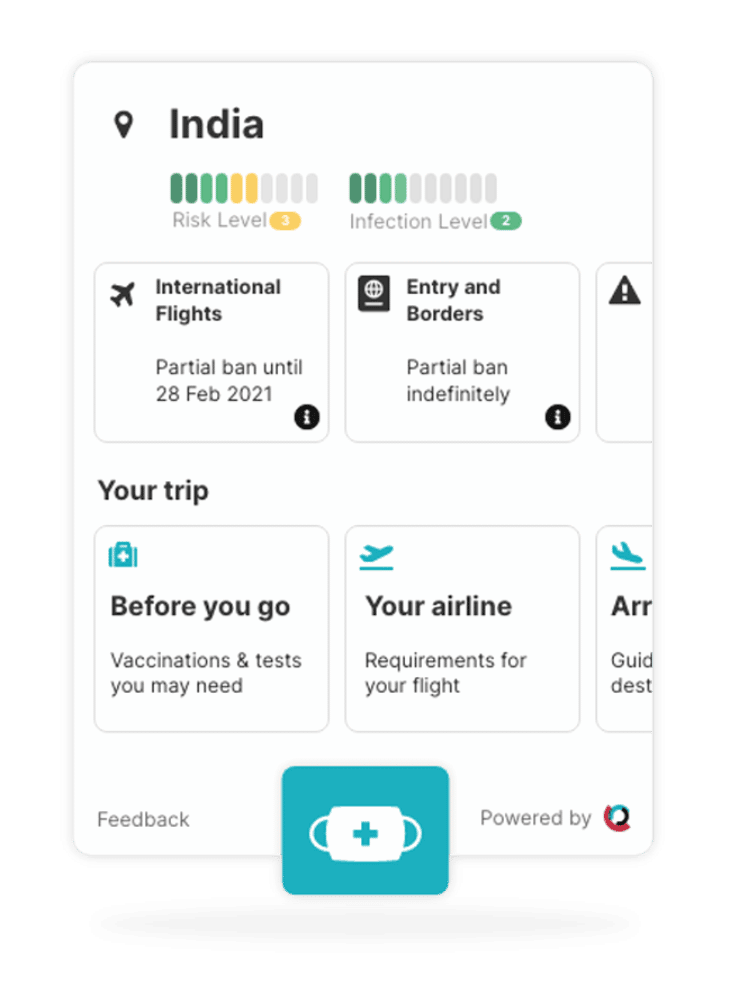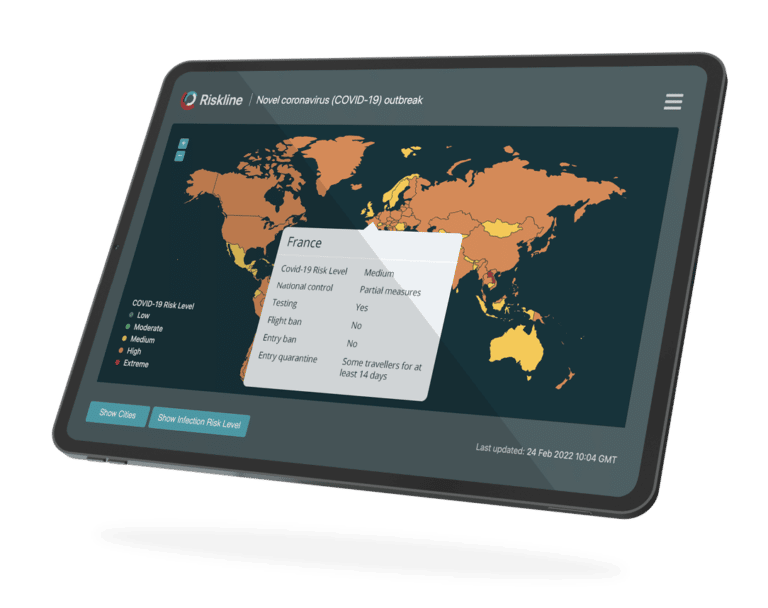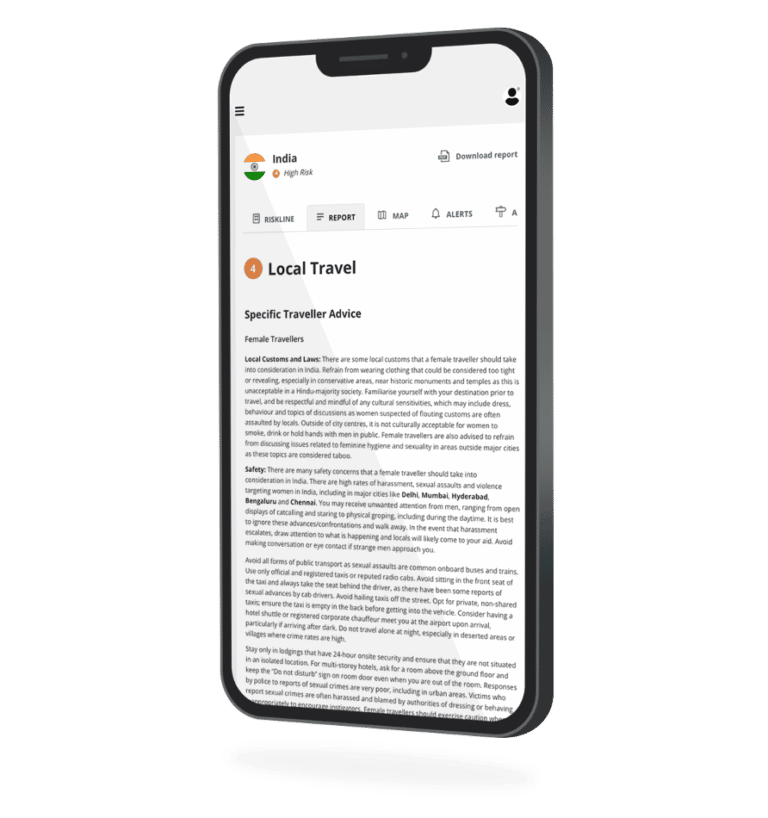Nationwide legislative and provincial elections in Nepal were held in two phases on 26 November and 7 December 2017 for the first time since the abolition of the monarchy in 2008 and were overseen by a caretaker government led by the Nepali Congress (NC) party. With a voter turnout of over 65 percent, the Communist Party of Nepal-Unified Marxists Leninists (CPN-UML) (in opposition since July 2016) led by Khadga Prasad Sharma Oli won the elections by securing 121 seats out of 275 in the House of Representatives (Lower House), with its ally the Communist Party of Nepal-Maoist Centre (CPN-MC) winning 53 seats, giving the Leftist Alliance (CPN-UML and CPN-MC) an absolute majority in the parliament. However, the formation of a new government has been delayed as the incumbent NC-led government headed by Prime Minister Sher Bahadur Deuba – which lost the elections – refused to hand over power to a new regime until the National Assembly (Upper House) is formed following elections set for 7 February. The government’s refusal to step down has triggered anti-government protests by CPN-UML and CPN-MC activists in the capital Kathmandu since 31 December 2017. These protests are expected to continue in the Kathmandu Valley in the near-term and could expand nationwide. They also have the potential to escalate to unrest due to ongoing tensions between the ruling and opposition parties, particularly in the days ahead of and following the 7 February National Assembly (NA) polls.
The highly contested 2017 general elections were viewed as vital to improve Nepal’s long-term political stability. Since the abolition of the monarchy in 2008, Nepal has been governed as a republic by various caretaker governments (where the CPN-MC, NC and CPN-UML constantly partnered with one another and took turns heading the government on an annual basis), elected through a temporary Constituent Assembly. As the largest political parties, the CPN-MC, NC and CPN-UML agreed to this structure until a new federal constitution was drafted. However, disagreements between ruling parties and the opposition ethnic Madhesis over districts allocated to minorities delayed the approval of a fresh constitution until September 2015. These disagreements, coupled with political factionalism led to periodic cabinet shuffles and the dissolution of political alliances, with nine different caretaker governments ruling between 2008 and 2017.
Political rivalries between the ruling NC party and opposition CPN-MC and CPN-UML reigned high during the 2017 election campaign and polls. Between 10 November and 7 December 2017, at least 17 electoral candidates, mostly from the NC and Madhesis’ Rastriya Janata Party (RJP) were injured in bomb attacks by suspected Leftist Alliance supporters in Kathmandu and in the Terai region districts of Sunsari, Rupandehi, Saptari, Nawalparasi and Mahottari. In retaliation, the NC-led government arrested over 100 supporters of the CPN-UML and CPN-MC nationwide ahead of the 26 November 2017 polls on charges of attacking election candidates. Against this tense political backdrop, when the incumbent NC-led government refused to immediately step down despite losing the elections, protests by CPN-UML and CPN-MC supporters were held in Kathmandu, a district dominated by the Maoists. During these protests police used tear gas and baton charges to disperse dozens of anti-government demonstrators who burned tyres on roads and vandalised properties.
On 2 January, Prime Minister Dueba affirmed that he would not step down until the entire NA is formed following the 7 February polls (conducted by an electoral college in each of the seven provinces). Meanwhile, the Election Commission (EC) has warned that tabulation of results of the 7 February NA elections could take anywhere between 30 and 45 days. Wary CPN-UML and CPN-MC supporters have accused the incumbent government of colluding with the EC to further delay handing over power to the Leftist Alliance. Hence, CPN-UML and CPN-MC supporters have planned further anti-government protests near government buildings and on main roads in the Kathmandu Valley (including Kathmandu, Lalitpur and Bhaktapur), and have threatened to extend them nationwide, especially in the days ahead of and following the NA elections, if the NC-led government does not step down. The NC-led government, for its part, has warned of harsh crackdowns on ‘agitators’ attempting to disrupt the elections. Riot police will be deployed to disperse demonstrators at protest flashpoints, namely Ratnapark, Exhibition Road, the Singha Durbar (Palace), Parliament building in Kathmandu and district offices nationwide, which raises the potential for clashes between security forces and demonstrators.
Looking ahead, the NC regime has no other option but to hand over power to the Leftist Alliance by the end of March to prevent existing tensions from escalating to widespread unrest, a situation that the major political parties are keen to avoid. Once in power, the CPN-UML and CPN-MC’s main task would be to choose provincial governors and capitals while also finding ways to successfully work with one another and with NC lawmakers to improve governance and Nepal’s political stability in the long-term.

